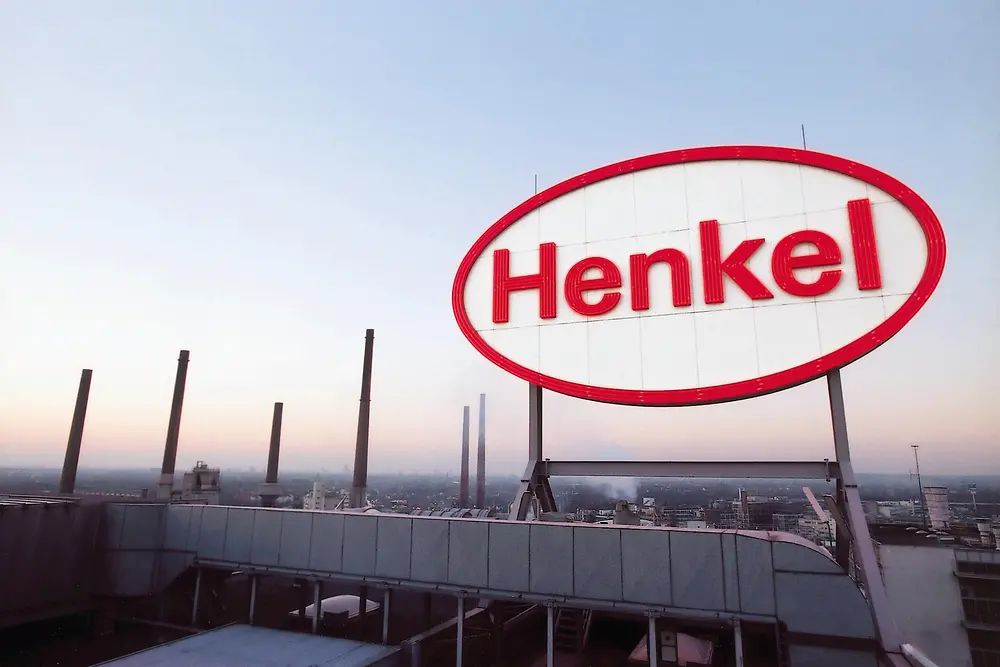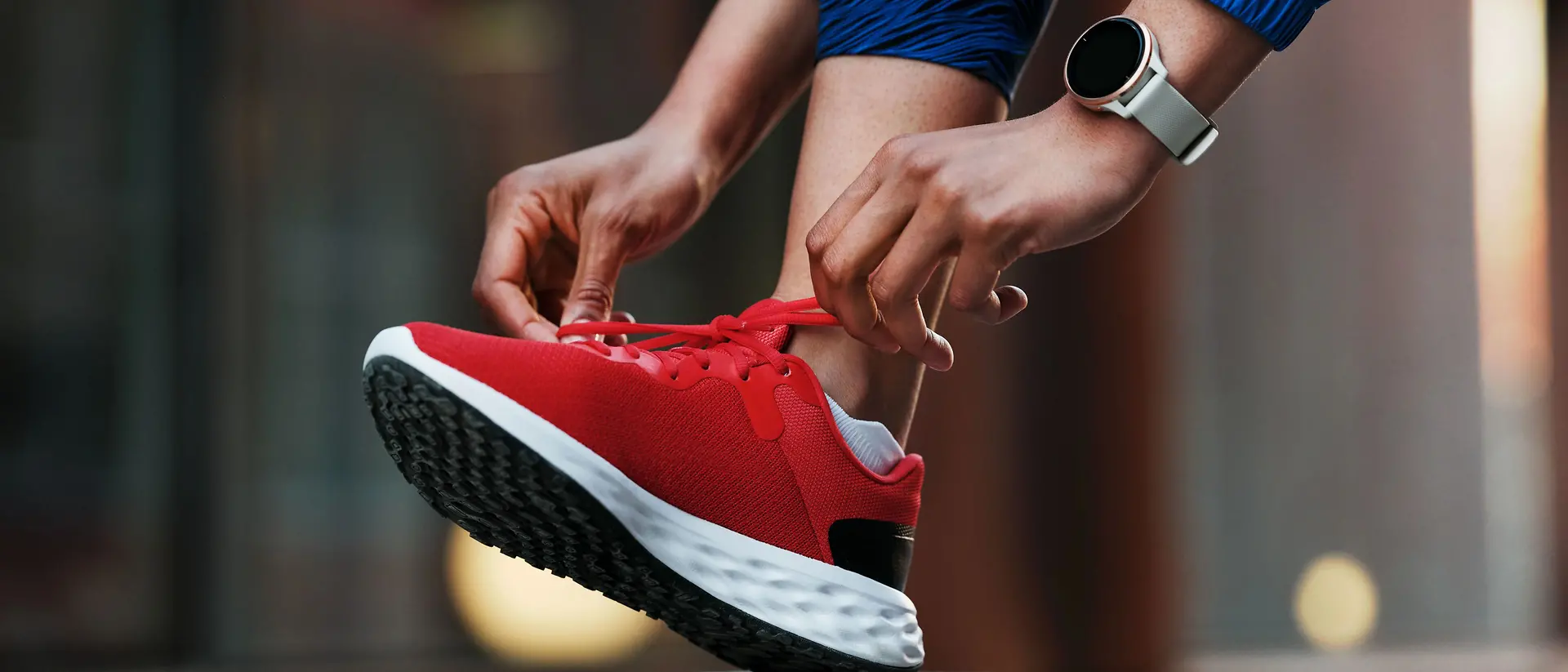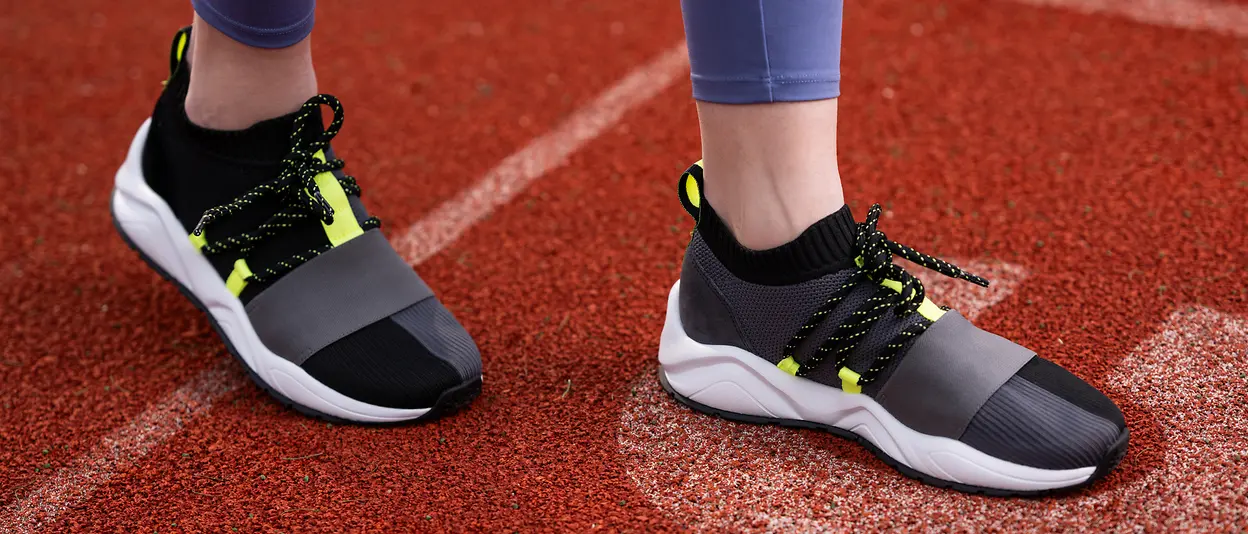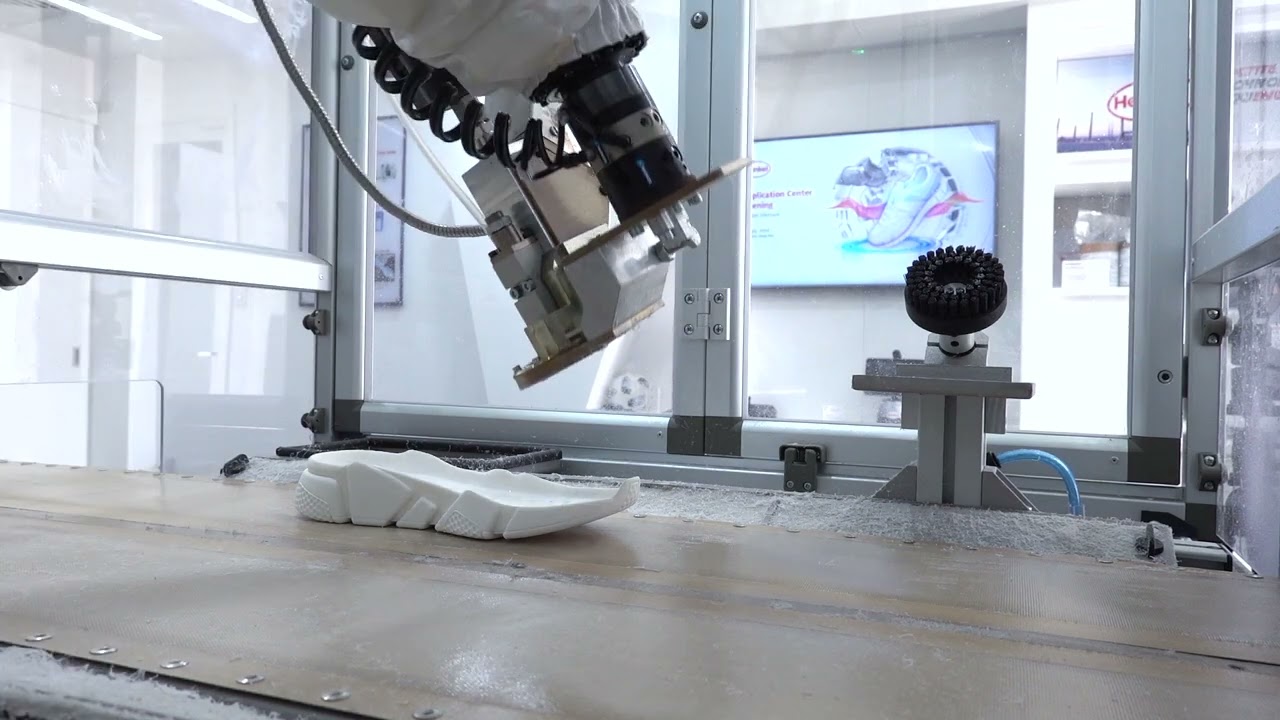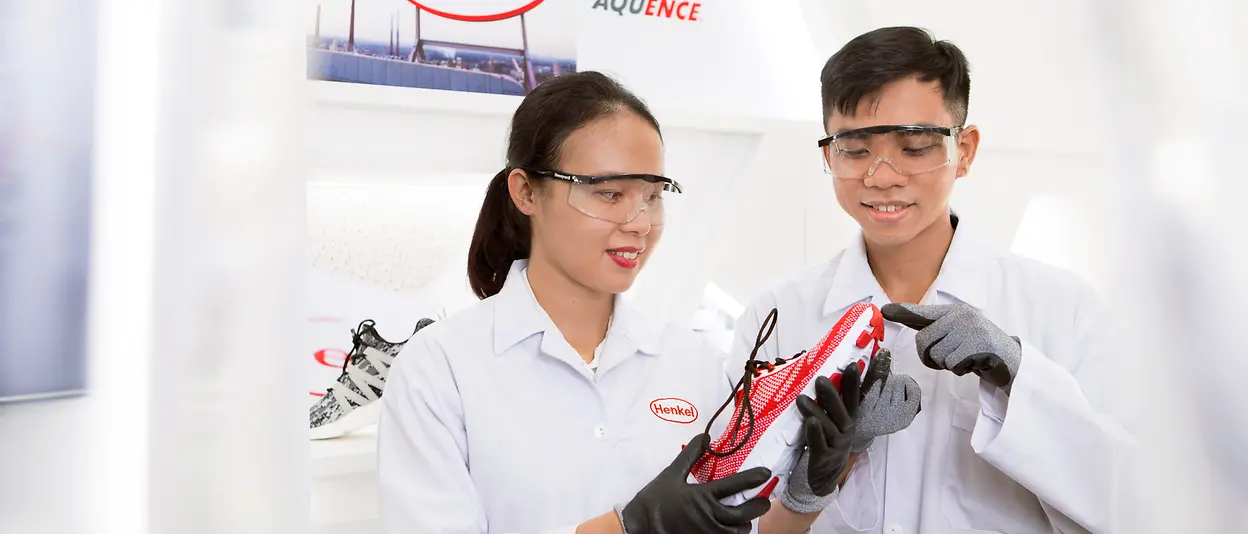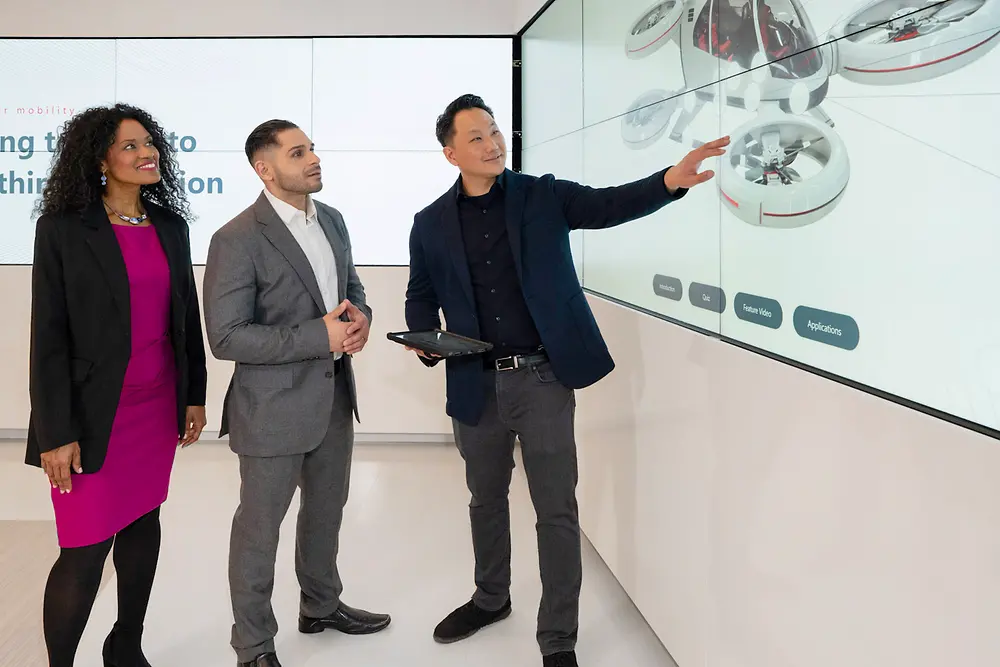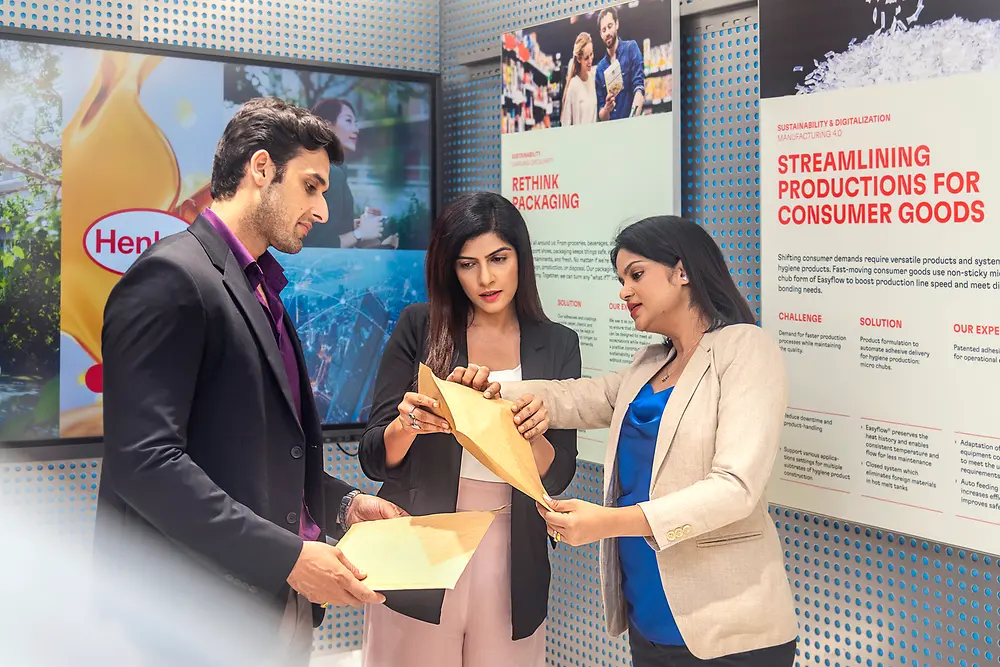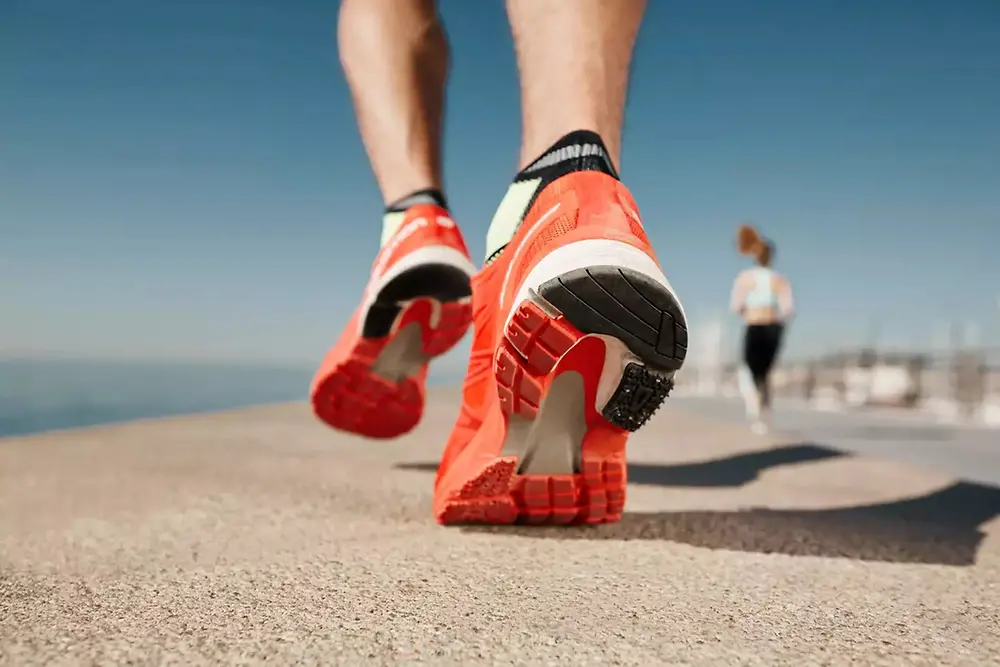Soccer stars are battling for the men’s European Championship this summer. Top athletes will also be competing at the biggest sport event of the year in Paris in July and August. Every kick, sprint and leap can decide who gets heartbreak and who gets glory. That is why sportspeople want footwear that offers a powerful advantage over their rivals. But how can shoe manufacturers meet those high expectations while also improving efficiency, boosting safety and making progress for their sustainability goals? We asked to the three Henkel Adhesives Technologies experts, Isaac Kim, Senior Product Development Manager, Jileen He, Innovation Program Manager, and Lena Bremshey, Market Strategy Manager Footwear, to describe key trends and technologies that are now reshaping the sports footwear industry.




